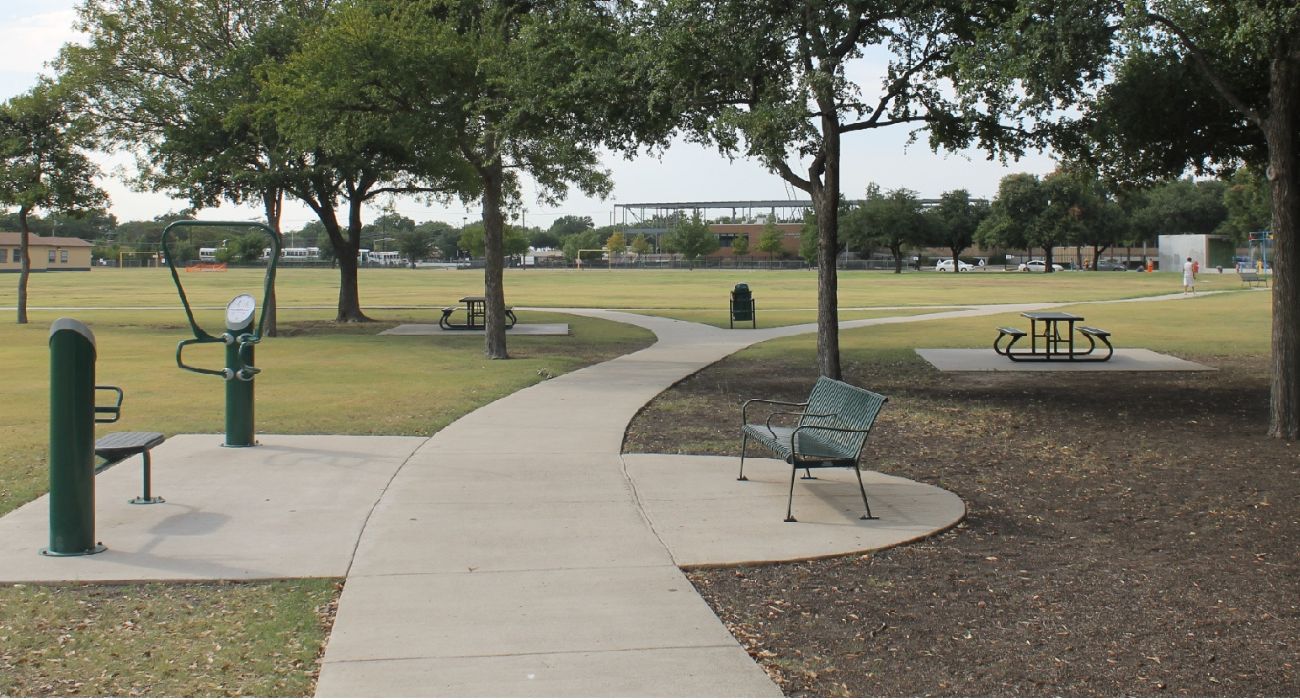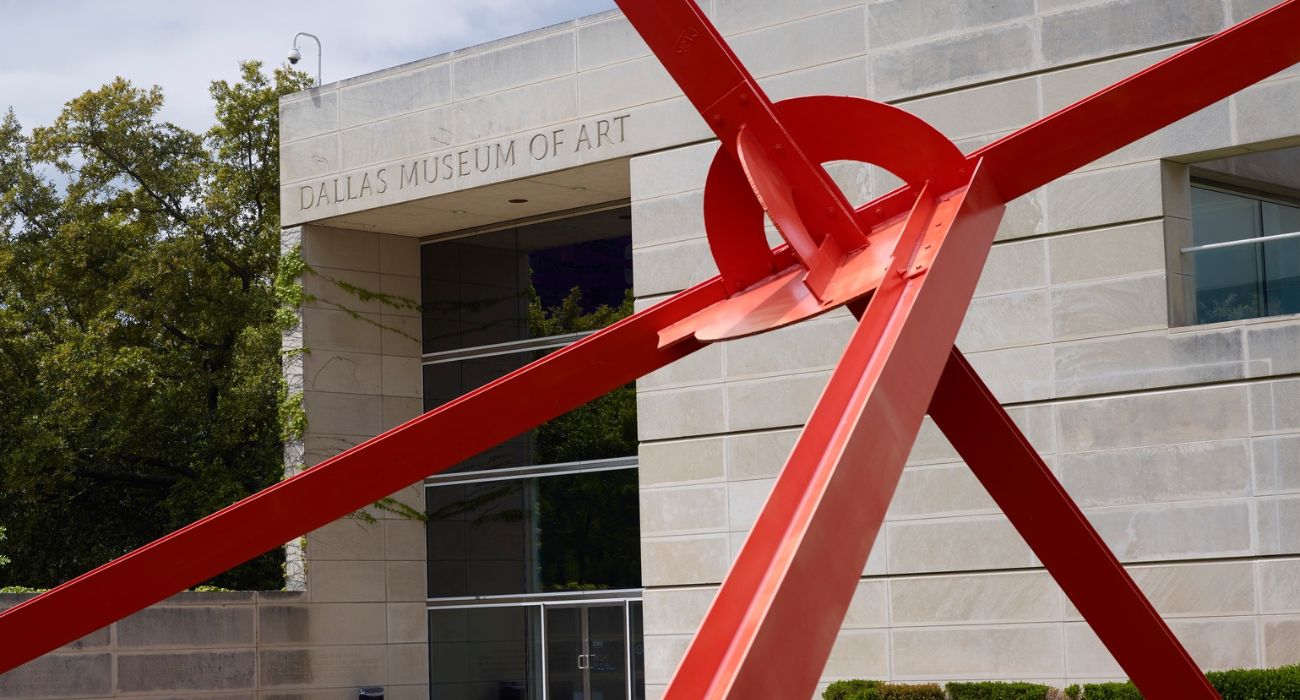The Dallas City Council voted on Wednesday to move forward with a historical plaque commemorating the lynching of a local man in 1884.
William Allen Taylor, a black man living in Dallas, was accused of raping a white woman. During the investigation, Taylor allegedly confessed, and while the sheriff was moving him from jail to jail in an attempt to protect him from the mob, Taylor was captured and hanged without a trial.
The City Council approved a resolution in accordance with its Racial Equity Plan to designate 110 West Commerce St. “as a location for a memorial plaque to mark the tragic lynching of William Allen Taylor on September 12, 1884.”
During Wednesday’s meeting, Edward Gray, a member of the Dallas County Justice Initiative and Remembering Black Dallas, called the event one of the “tragic days that existed in Dallas.”
“William Allen Taylor was lynched through an extra-judicial trial held by Dallasites,” Gray declared.
“We have not come to terms with racism and lynching,” he continued. However, he said, “We [designate this historical marker] not out of hatred, we do this not out of fear, we do this out of love. We must recognize regional pain.”
Council Member Omar Narvaez commented, “It’s unfortunate, the situation that happened,” but “we have to remember our history and remember what happened in the past.”
Narvaez invited everyone to a future ribbon-cutting ceremony so that they could “honor Mr. Taylor.”
The circumstances of Taylor’s killing were reported in the newspapers at the time.
The day after the event, the Fort Worth Gazette wrote, “William Allen Taylor, the negro who outraged Mrs. W. H. Flippen three months ago, was lynched by a mob of 500 masked citizens.”
After Taylor was identified by Flippen, the woman whom he allegedly raped, “Sheriff [William] Smith, thinking the prisoner no longer safe in Dallas, ran him off four nights ago to the Waxahachie jail,” the paper reported.
During his transport, a group seized Taylor from the sheriff and the sheriff’s deputy.
“At 1 o’clock tonight they were met … by about five hundred masked men, who took the prisoner from them and hung him to a tree,” the paper read.
“The mob was quiet and orderly, saying not a word,” the Gazette reported. “One peculiarity about the mob was that it was composed almost exclusively of boys under 21 years of age.”
“Taylor protested his innocence to the last,” the report said. “He was as cool when the rope was put about his neck as he would be eating a meal.”
Yet, the Gazette wrote, “The circumstantial evidence of the guilt of Taylor was not only complete as to Mrs. Flippen, but also as to the rest of the white ladies assaulted about that time, and the fact that Mrs. Flippen identified him left not a doubt in the mind of anyone as to his guilt.”
On September 14, 1884, the Dallas Daily Herald claimed, “In the first hunt for him even the colored men assisted, and as enthusiastically and indignantly as did the whites.”
“The crime and the criminal were both denounced by men of all parties and colors,” the Daily Herald alleged. “It was a case in which all questions of race were forgotten.”
The Daily Herald, too, suggested the crime of rape had become more common, saying “the city was paralyzed by the nightly occurrence of dastardly attempts at rape and robbery. … No woman went to her couch without fear of being chloroformed and ravished.”
Other papers in the state related some of the same details. The Austin Weekly Statesman noted that Taylor had “protested his innocence” when in the hands of the mob, but “Sheriff Braly notified County Attorney Clint that the negro Bill Taylor … had confessed to the crimes laid at his door, while he was a prisoner at Waxahachie.”
The practice of lynching was common in the late 1880s, and newspapers often reported on horse thieves, murderers, and other “desperadoes” who were killed in that fashion.
Dallas has previously honored other victims of lynchings, notably putting up a plaque for Allen Brooks, a black man who was murdered downtown in 1910.
In recent years, efforts to memorialize those killed led to the creation of the National Memorial for Peace and Justice, which recognizes the “more than 4,000 racial terror lynchings in twelve Southern states between Reconstruction and World War II.”
“Lynching profoundly impacted race relations in the United States, fueling mass migration out of the South and maintaining a fearful environment where racial subordination and segregation were enforced for decades,” the memorial’s description explained.
“The community remembrance process allows communities to confront history by becoming active participants in the commemoration of lives unjustly taken.”






